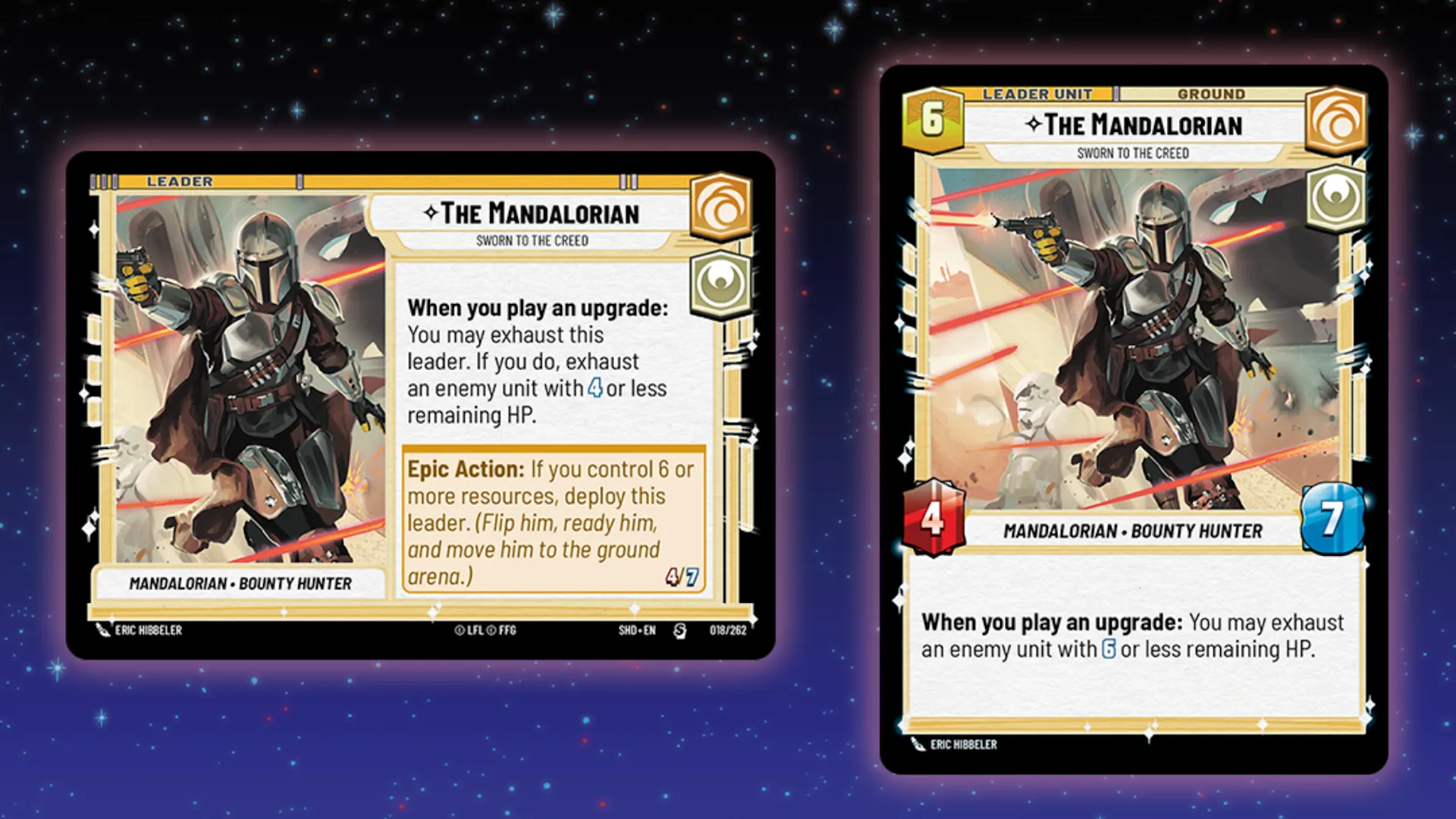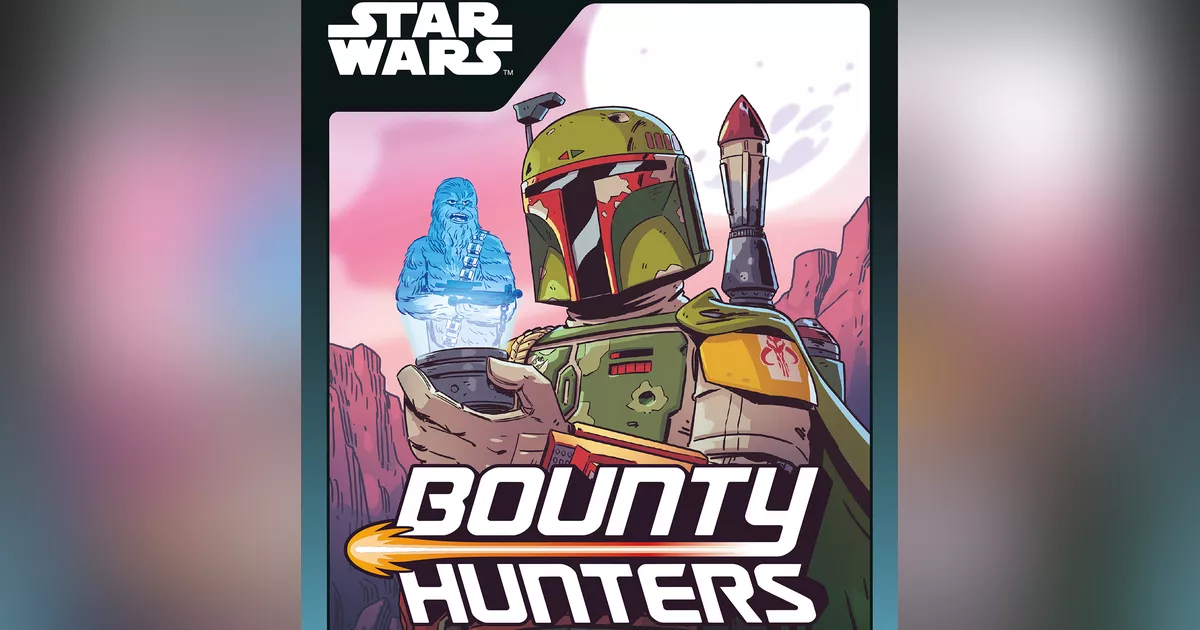Star Wars: Bounty Hunters Card Game Review
Little card games are all the rage right now, and we’ve played another fantastic licensed game over the past week. Usually, it takes me a few weeks to get a game, learn the rules, and play it enough times to review. With Star Wars: Bounty Hunters, I was able to do it in a week. My 10 year old loves this game, and we’ve played a ton already. But is Star Wars: Bounty Hunters something you will want to pick up? Let’s take a look!
In Star Wars: Bounty Hunters, players will be attempting to capture targets by playing bounty hunter cards and droid cards to equal or exceed the target defense value in three different colours. Once one player has captured 4 targets, the game ends and final scoring begins.
There are 4 decks in Star Wars: Bounty Hunters: Targets, Bounty Hunters, Jawa Marketplace, and Contracts. Each player will draw one of each card to start the game and provide them with a starting hand. Then the game begins with all players performing their actions simultaneously. First, players draw one card from any of the 4 decks, and then choose to play a card in front of them or sell a card for one credit, and then pass the remaining four cards to the next player. Let’s talk quickly about each of the cards!
Target Cards – these cards provide the targets you will need to capture. The card will have an end-of-games point value in the top left corner, as well as other potential rewards for capturing the individuals (such as credits or free contract cards). The cards will also have a shield value in three colors.
Bounty Hunter Cards – these cards provide you Bounty Hunters which have attack values in three different colours. Bounty Hunters provide negative points at the end of the game, so only use them if necessary to capture a target.
Jawa Marketplace Cards – this deck of cards simulates the Jawa Marketplace and will provide players with either Crate cards which provide end game points and factor into many contract cards, as well as the potential to draw a droid. Droids provide attack values in three colours, and cost credits to play. Unlike Bounty Hunters, however, these attack cards do not lose you points at the end of the game.
Contract Cards – these cards provide you end of the game bonuses for collecting specific targets, having a specific number of crates, etc.
Deciding when to play a card, when to sell a card, and which cards to pass on might seem simple enough, but there are a lot of decisions that need to be made, and relatively quickly. Making sure you continue to tackle targets is important to winning as you don’t want to fall too far behind, but waiting to pay and play droids could get you more points at the end of the game, even if you capture less targets.
 Still, the game isn’t too complicated, as my 10 year old can play this no problem, and has beat me on numerous occasions. The gameplay itself is very simple, and each of the decks separates nicely into cards of their own type. I do think the Contract cards can get a bit confusing if you aren’t used to reading and using symbols on a card, but I don’t think it should prove too difficult for anyone.
Still, the game isn’t too complicated, as my 10 year old can play this no problem, and has beat me on numerous occasions. The gameplay itself is very simple, and each of the decks separates nicely into cards of their own type. I do think the Contract cards can get a bit confusing if you aren’t used to reading and using symbols on a card, but I don’t think it should prove too difficult for anyone.
This is a fantastic little game that should be released with an inexpensive price. If you love Star Wars, this is a fantastic little game to pick up!

